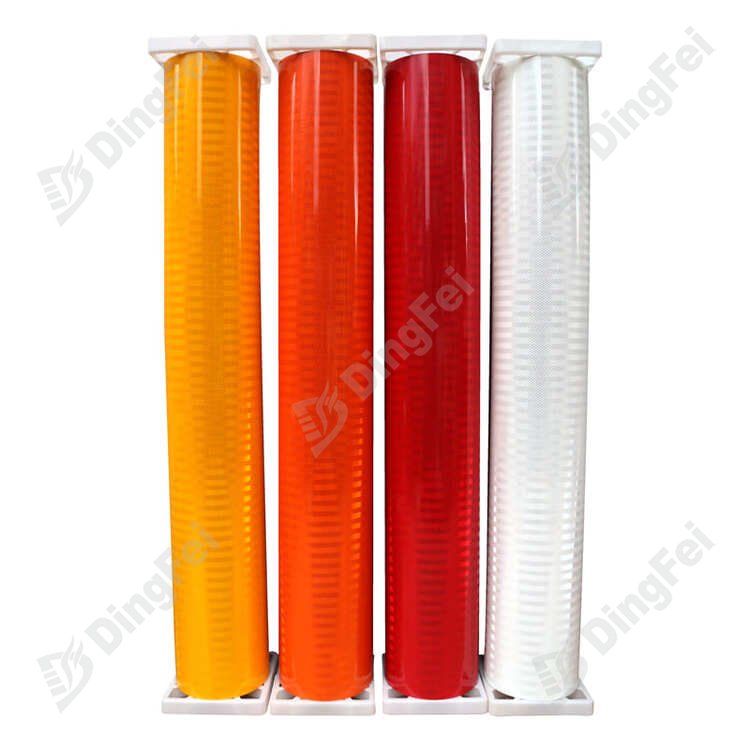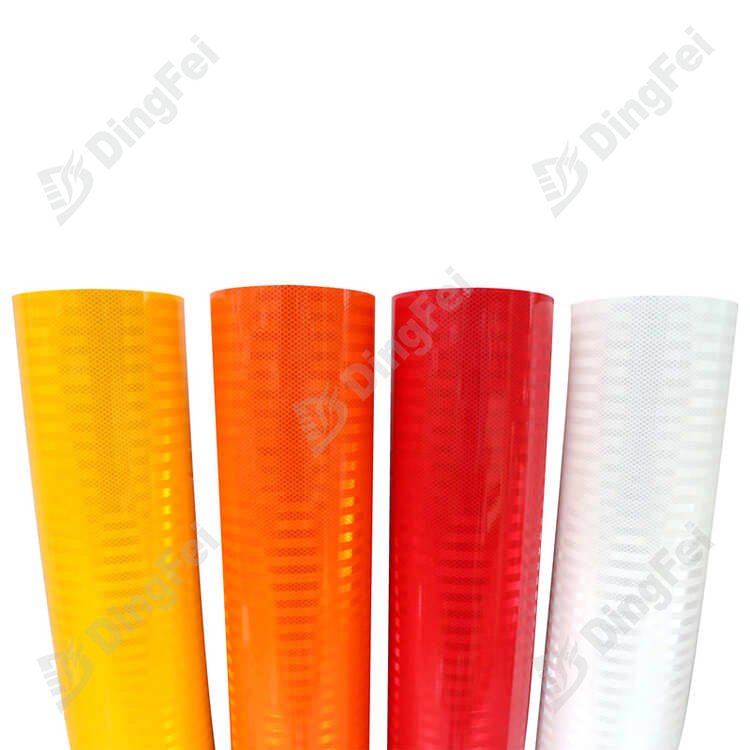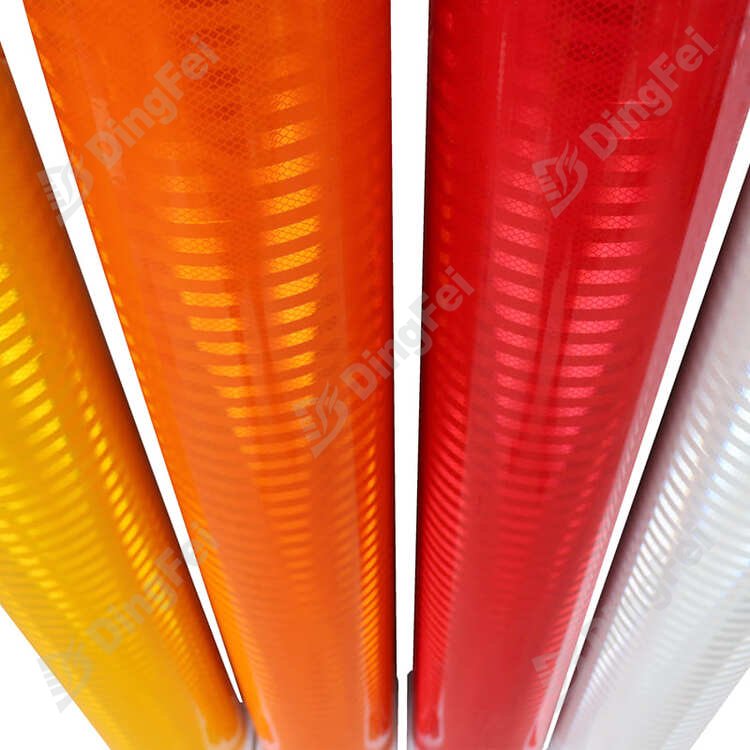Road signs play a crucial role in keeping drivers and pedestrians safe on roads by providing necessary information regarding traffic rules, indicating directions, and warning of potential hazards. The reflective material used in road signs ensures that they are visible in low light conditions, making them effective in preventing accidents. Reflective materials capture and reflect light back to its source, thereby making it easier for drivers to read and understand the message.

The most common reflective material used in road signs is manufactured from tiny glass beads embedded in a plastic or paint layer on the surface of the sign. This material is often referred to as reflective sheeting, and it works by reflecting the light back to the source when it hits the surface of the sign. The tiny glass beads in the material, which are made of glass and ceramic compounds, help to scatter the light and make it visible to drivers even in low light conditions, such as at dusk or during the night.

Reflective sheeting comes in different types, depending on the degree of reflectivity, longevity, and weather resistance needed for the road sign. Type I, also known as engineering grade reflective sheeting, is the most basic of all types and is primarily used for non-critical applications such as parking lot signs or low-speed limit signs. Type II, also known as the Super Engineering Grade, is slightly more reflective and durable than Type I and is used for brighter and more visible signs. Type III, also known as High-Intensity Prismatic, is the most reflective and durable, making it suitable for critical applications such as stop signs and freeway signs.
Another common reflective material for road signs is the High-Performance Reflective Sheeting or Diamond Grade Reflective Sheeting. This material is unique in that it uses prismatic reflecting elements to enhance its visibility, making it the most outstanding reflective material in terms of brightness and visibility distance. Although more expensive than other types, Diamond Grade Reflective Sheeting is used for high-risk applications such as curve warning signs and pedestrian crossing signs, where maximum visibility is required.

In conclusion, the reflective material used in road signs plays a crucial role in ensuring their visibility, particularly during low light conditions. Reflective sheeting made of tiny glass beads embedded in plastic or paint forms the most common material for road signs, with different types available to suit specific needs in terms of reflectivity, durability, and weather resistance. The High-Performance Reflective Sheeting or Diamond Grade Reflective Sheeting, using prismatic reflecting elements, offers the highest degree of brightness and visibility distance, and is ideal for high-risk applications.
